Cats are known for their enigmatic behavior and playful antics. One of the most universally recognized feline behaviors is the instinct to chase moving objects. But why do cats have such an affinity for pursuing things that scuttle, roll, or flutter in front of them? In this article, we’ll delve into the scientific reasons behind this captivating behavior and explore how these instinctual drives manifest in domestic cats.
The Predatory Instinct
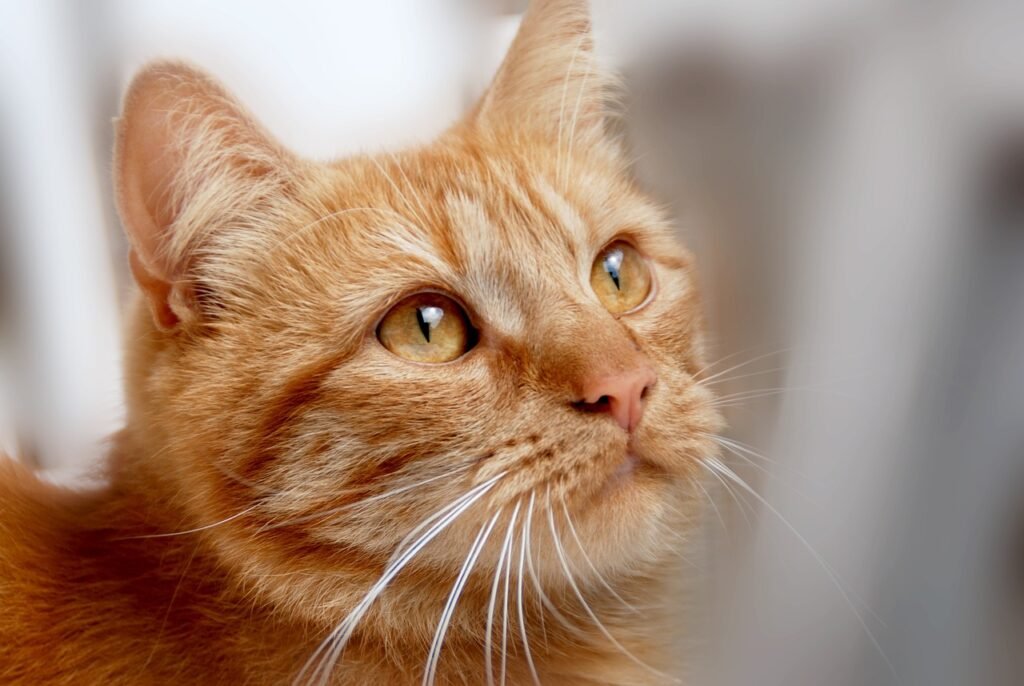
At the heart of a cat’s love for chasing lies its predatory instinct. Cats, both wild and domesticated, are natural hunters. Their ancestors relied heavily on hunting small animals to survive, and this instinctual behavior has been passed down through generations. Even though our household cats are typically not hunting for survival, this innate drive compels them to chase after anything that resembles prey.
The Role of Vision
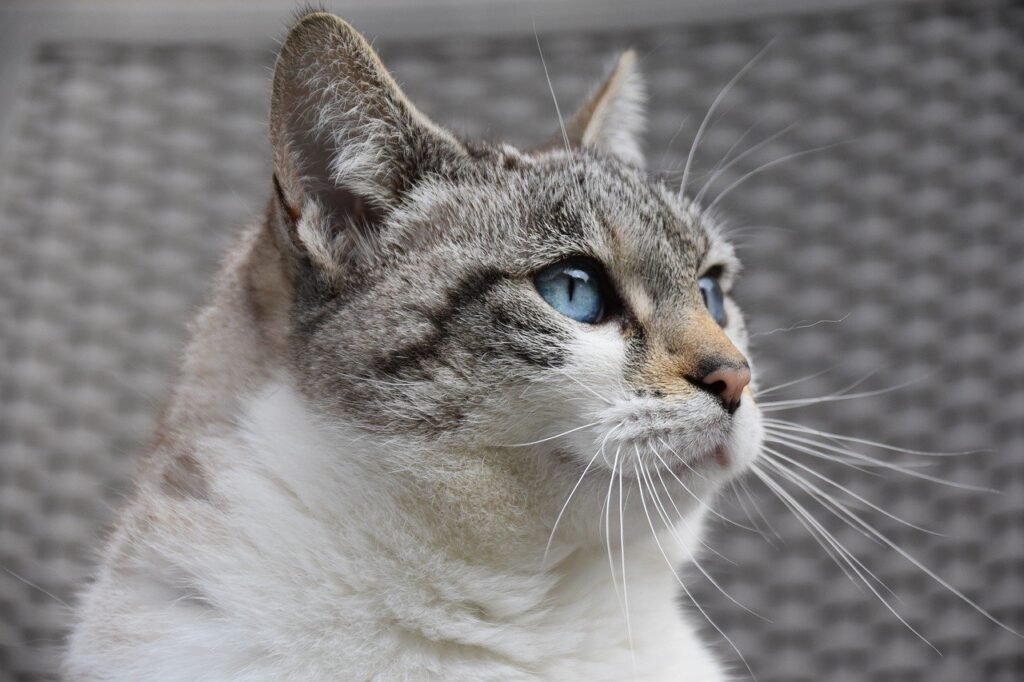
Cats are equipped with extraordinary vision that allows them to detect even the slightest movement in their environment. This keen sense of sight is crucial in the wild, where spotting a moving target quickly can mean the difference between eating and going hungry. Domesticated cats retain this ability, and it prompts them to react to moving objects, whether it’s a toy, a laser pointer, or a rustling leaf.
Stimulating the Senses

Chasing moving objects provides cats with mental and physical stimulation. The act of stalking and pouncing engages a variety of senses, including sight, sound, and sometimes smell. This stimulation is essential for a cat’s mental well-being and overall health, helping to keep their minds sharp and bodies active.
Energy Expenditure

Cats have bursts of energy that need to be expended, and chasing activities mimic the exercise they would receive in the wild. Engagement in play allows them to burn off this energy in a healthy and entertaining way. Without such outlets, cats may become lethargic, leading to potential health issues such as obesity.
Strengthening Bonds

Interactive play, wherein a cat chases a moving object facilitated by a human, can strengthen the bond between the pet and the owner. This cooperative activity reinforces the cat’s trust in their human companion and enhances their relationship. It is a mutual enjoyment—they both find joy in the interaction.
Understanding Movement

Cats are adept at discerning the type of movement they see. The unpredictable, erratic movement of a feather toy or a fast-moving string closely resembles the twitchy nature of prey animals. This type of motion triggers their chase instinct, as they interpret it as a potential meal.
Instinctual Encouragement

The motion of simulated prey items encourages a cat’s natural stalking behaviors, including crouching and silent stepping, before eventually pouncing. This behavior is deeply gratifying for them, allowing them to display and hone their precision and agility skills.
Duplicate Hunting Success

For cats, pretending to hunt can replicate the success of a real hunt. Successfully capturing a toy provides them with a sense of achievement and satisfaction. This stimulated hunting scenario allows them to enjoy the fruits of their labor, even if the reward isn’t tangible.
Developmental Benefits
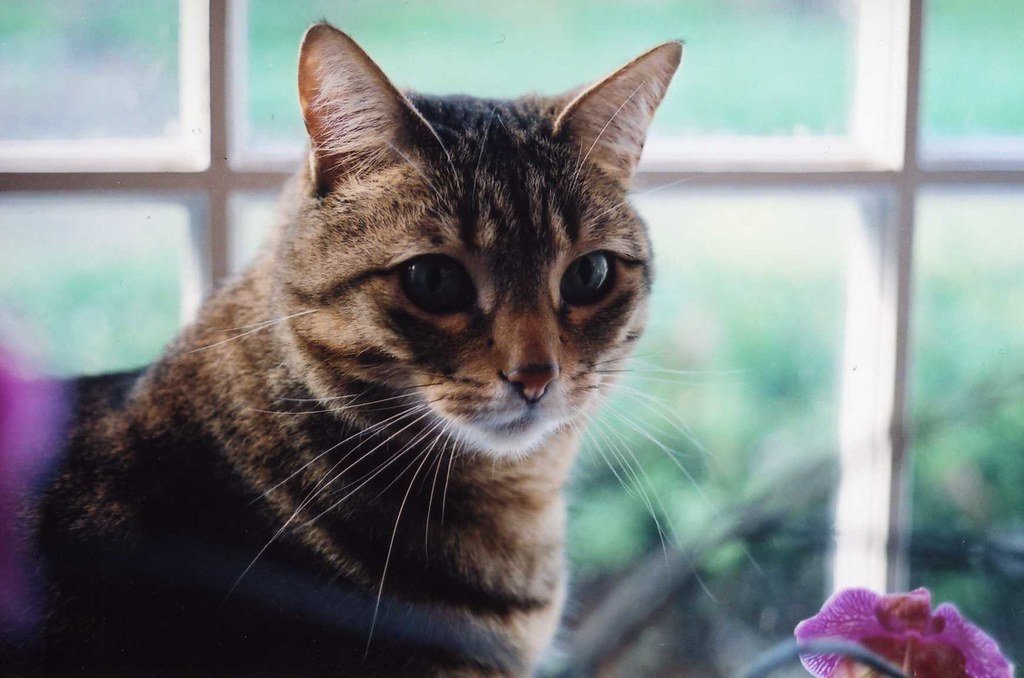
Kittens, especially, benefit from chasing play. It helps develop important motor skills and coordination during formative growth periods. The practice encourages physical development and sets a foundation for lifelong agility and dexterity.
Alleviating Boredom
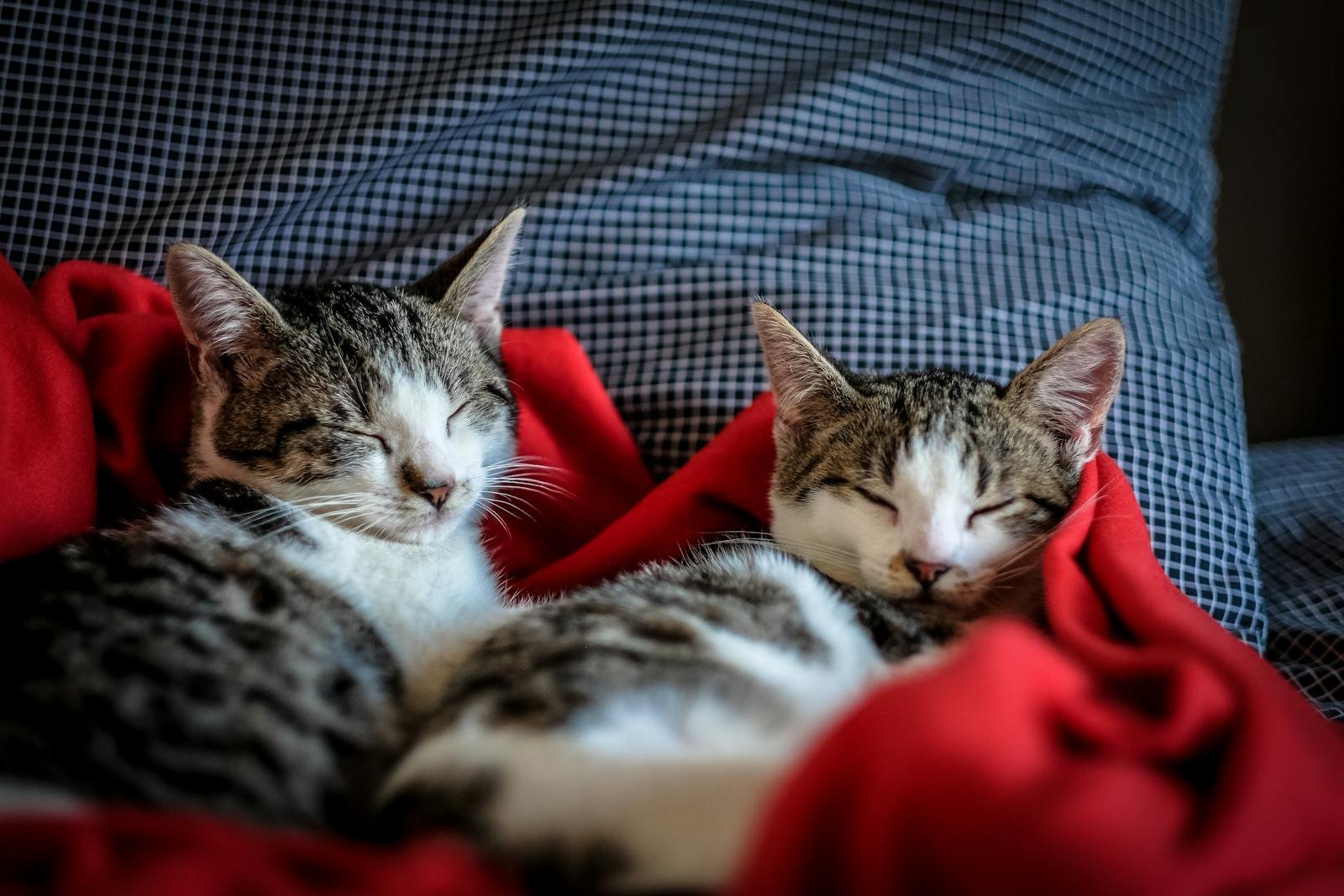
A moving object can be a source of endless amusement and a means to ward off boredom for indoor cats. Without such stimulation, indoor cats may experience behavior issues such as excessive grooming or destructive habits. Chasing games provide a healthy outlet for pent-up energy.
Addressing Natural Curiosity
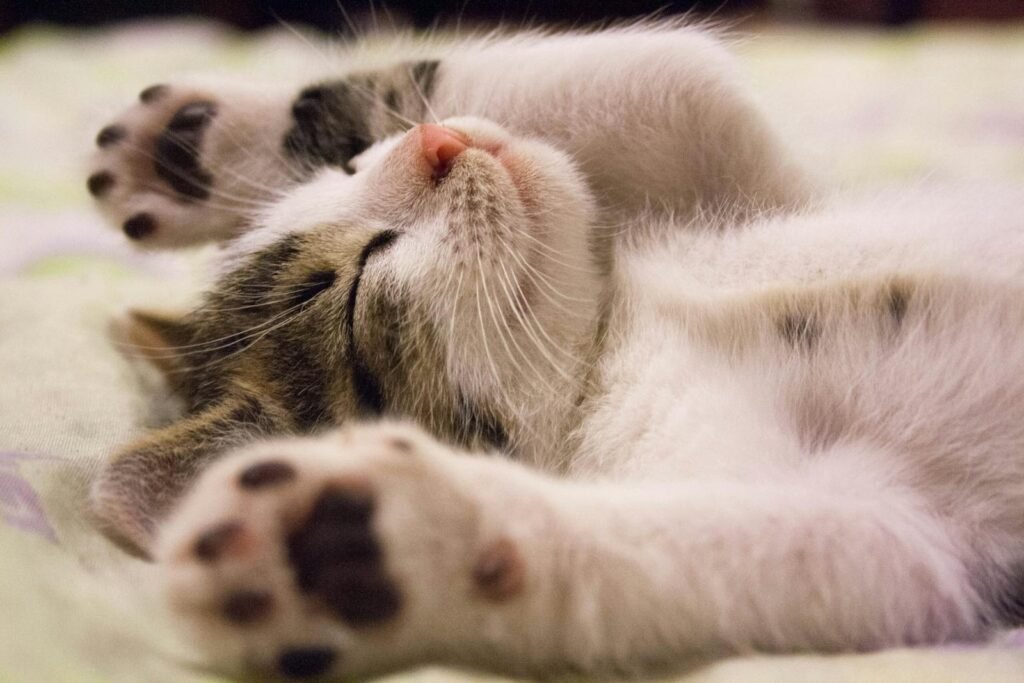
Cats, by nature, are curious creatures. They are fascinated by the world around them, especially by things that move. This curiosity leads them to explore their environment actively, ensuring that they remain engaged and interested in their surroundings.
Conclusion
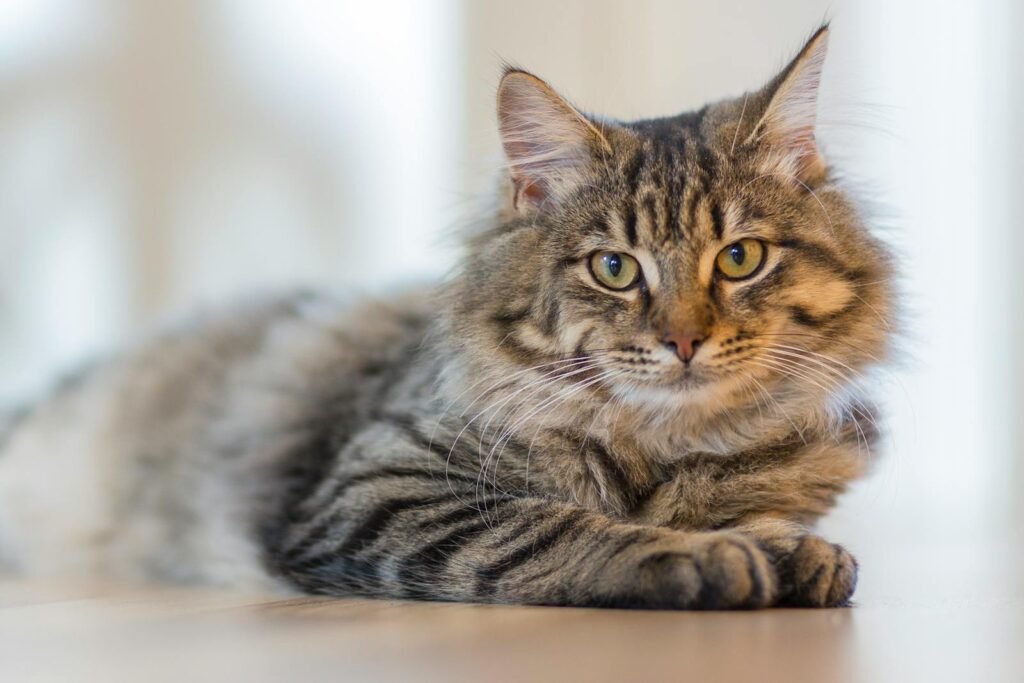
Understanding the science behind why cats love to chase moving objects enriches our appreciation for these complex, instinct-driven behaviors. By recognizing the natural instincts and needs that drive your cat’s playful pursuits, you can better tailor their environment to promote a healthy, stimulating, and fulfilling life. Ultimately, these activities benefit not only the cats by strengthening their instincts and providing entertainment, but also nurture the bond between cat and owner, enriching the lives of both. So, the next time you see your cat eyeing a dangling string or darting after a bouncing ball, you know they are not just playing but reconnecting with their wild roots.
Hi, I’m Bola, a passionate writer and creative strategist with a knack for crafting compelling content that educates, inspires, and connects. Over the years, I’ve honed my skills across various writing fields, including content creation, copywriting, online course development, and video scriptwriting.
When I’m not at my desk, you’ll find me exploring new ideas, reading books, or brainstorming creative ways to solve challenges. I believe that words have the power to transform, and I’m here to help you leverage that power for success.
Thanks for stopping by, Keep coming to this website to checkout new articles form me. You’d always love it!






